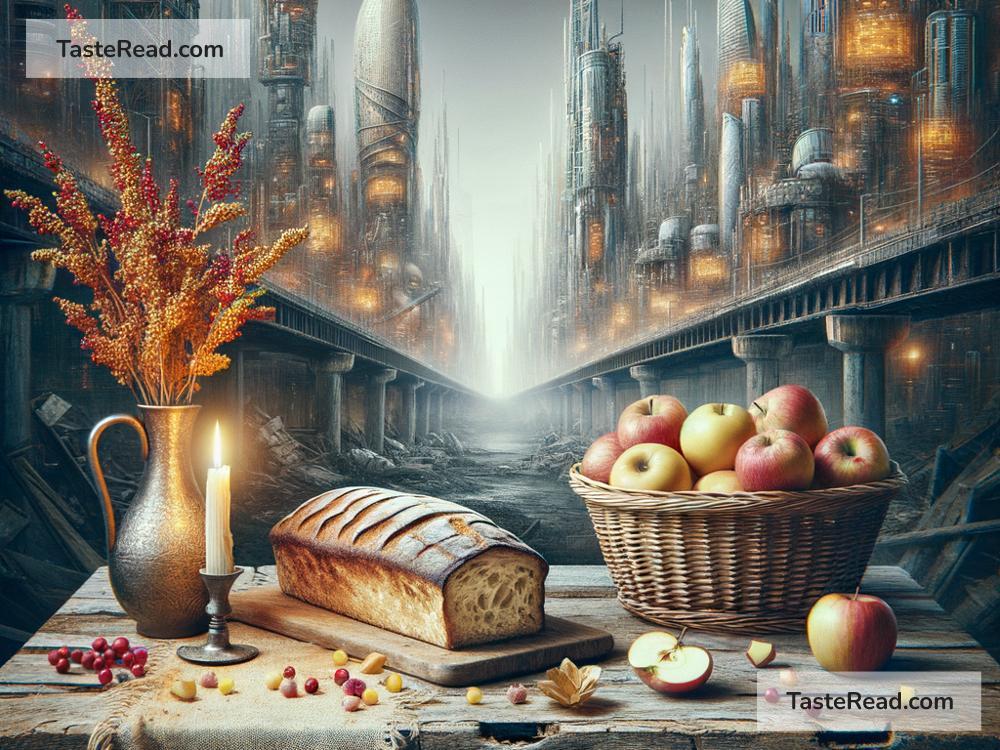How Food Reflects Societal Themes in The Hunger Games
In Suzanne Collins’ bestselling series The Hunger Games, food plays a big role in understanding the world the characters live in. It is not just something people eat to survive—it represents power, inequality, and survival. By paying attention to how food is described in the books, we can see the sharp divide between the rich and the poor, the control the government holds over the people, and the desperation of those living in oppression. In this blog post, we’ll explore how food reflects societal themes in The Hunger Games and what it tells us about the challenges the characters face.
Food as a Symbol of Inequality
One of the first things readers notice in The Hunger Games is how food shows the division between the rich Capitol and the poor districts. In District 12, where the main character Katniss Everdeen is from, food is scarce. People often go hungry, and some even die of starvation. Katniss and her best friend Gale hunt in the woods illegally just to get enough food for their families. Many people cannot afford basic meals, and they rely on small amounts of bread or food rations.
In contrast, the Capitol—the center of power and luxury—is full of extravagant feasts and indulgence. Citizens in the Capitol enjoy colorful drinks, rare delicacies, and unlimited varieties of dishes. They even use special drinks to vomit so they can keep eating more food. This shocking display of wastefulness shows how little they understand or care about the suffering of the districts. Food in the Capitol is a way of showing off wealth and privilege.
This imbalance between the two worlds highlights one of the central themes in the story: inequality. While people in District 12 are struggling just to stay alive, people in the Capitol live carefree lives dominated by entertainment and indulgence. Food becomes a clear marker of who has power and who doesn’t.
Food as Control
Another way food is used in The Hunger Games is as a method of control. The government, led by President Snow, uses food to manipulate and dominate the districts. After the rebellion years ago, the Capitol set up a system where each district must give tribute—a boy and a girl—to compete in the Hunger Games, a brutal battle where only one survives. The games themselves are a punishment and a way to remind the districts who holds power.
The fact that many districts are dangerously close to starvation makes them even more dependent on the Capitol. Food rations become rewards for obeying the rules, and districts that cause trouble may receive less food. In this way, food is not just about survival but also about submission. The people in the districts are forced to follow the Capitol’s rules because their lives depend on it.
Katniss herself feels the weight of this control when she remembers how her family almost starved after her father died. The Capitol’s harsh policies ensure that the districts stay weak and divided. Food is used as a tool to keep the people in line and prevent rebellion.
Food and Survival
Beyond its symbolism, food in The Hunger Games is tightly connected to survival. For Katniss, hunting in the woods is not just a way to avoid hunger—it is a way to gain independence from the Capitol. When she hunts with Gale, she feels a sense of freedom, even though it’s dangerous and illegal. Gathering berries, catching fish, and trading with others keep her family alive and give them hope.
During the Hunger Games themselves, food becomes even more important. Tributes who can find food in the arena have a better chance of surviving. In many cases, food becomes a weapon—scarcity can drive tributes to kill each other, while gifts of food from sponsors can mean the difference between life and death. Katniss’ ability to hunt and survive in the wild gives her an advantage in the games and helps her stand out as a strong competitor.
However, survival is not just about physical food. It’s also about the spirit to keep going. Katniss learns that sharing food can build trust and alliances, such as when she teams up with Rue, a fellow tribute from District 11. Rue’s knowledge of plants and Katniss’ hunting skills complement each other, showing that survival sometimes relies on compassion and teamwork, not just competition.
Food as Resistance
Finally, food becomes an important symbol of resistance. When Katniss offers bread to Thresh’s family in District 11 or gives wild game to a hungry Peacekeeper, she is quietly rebelling against the Capitol’s control. She is showing kindness and humanity in a world designed to crush those qualities.
The infamous scene with the berries near the end of the first book also uses food as a form of rebellion. By threatening to eat poisonous berries, Katniss challenges the Capitol’s authority and forces them to change the rules of the Hunger Games. This act of defiance sparks a movement that grows into larger resistance efforts in the later books.
Conclusion
In The Hunger Games, food is much more than something people eat—it is a powerful symbol that reflects the inequalities, survival struggles, and acts of resistance in a broken society. The way food is distributed shows who holds power and who suffers under oppression. For Katniss, food becomes a way to fight back against the Capitol and reclaim agency in a controlled world. By exploring the themes tied to food in this series, we can better understand the harsh realities faced by the characters and why their fight for freedom matters so deeply.
So the next time you read or watch The Hunger Games, pay close attention to the role of food—it tells us more than meets the eye.


